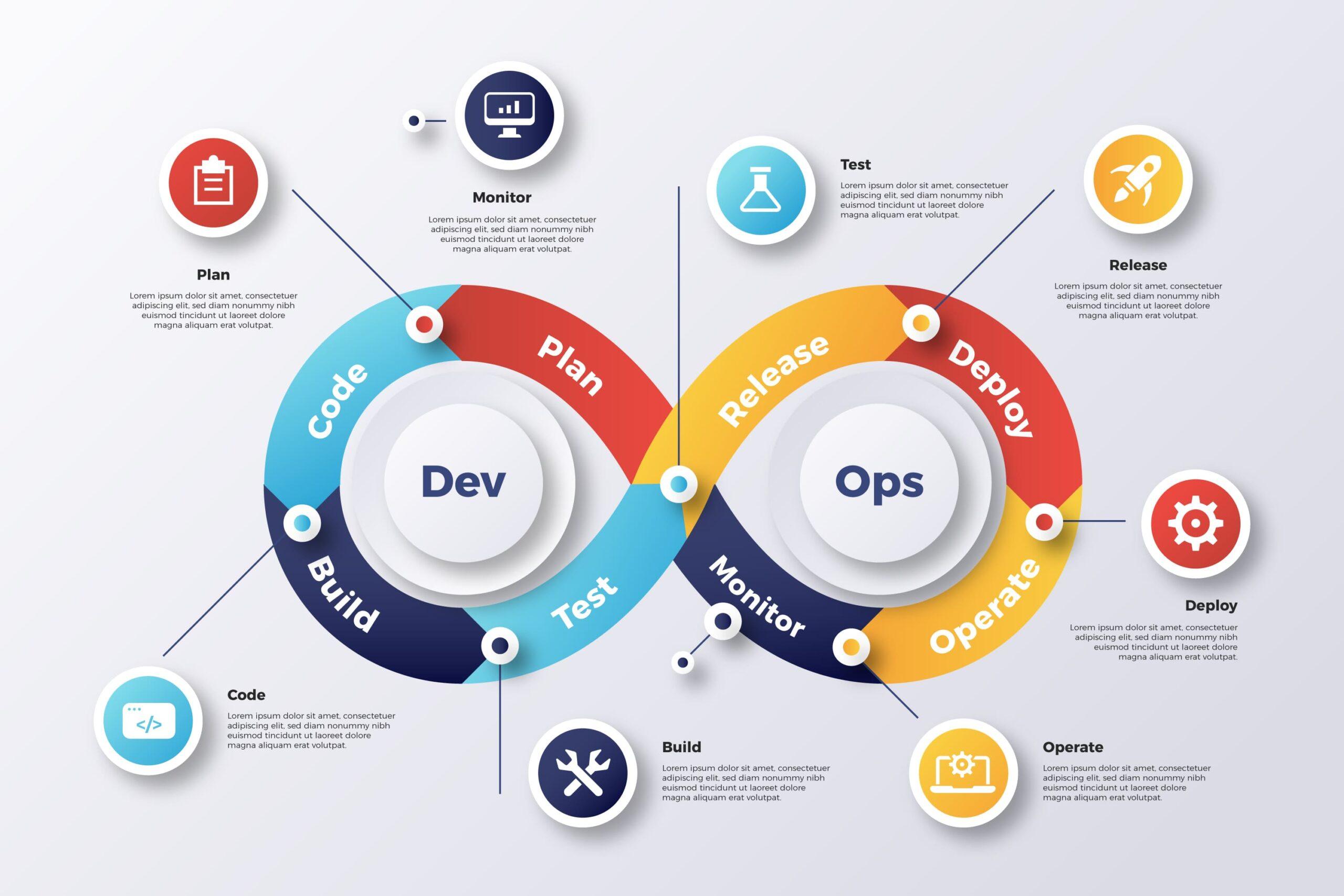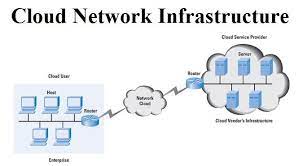Introduction
In the fast-paced world of software development, the need for rapid, reliable, and efficient delivery has become paramount. DevOps, a set of practices that combines development and operations, has emerged as a transformative approach to address these challenges. DevOps aims to break down silos between development and operations teams, fostering collaboration, automation, and continuous improvement throughout the software development lifecycle.
Key Principles of DevOps
-
Collaboration: DevOps emphasizes breaking down the traditional barriers between development and operations teams. Collaboration is at the core of this philosophy, encouraging open communication, shared responsibilities, and a unified approach to achieving common goals.
-
Automation: Automation is a fundamental aspect of DevOps, enabling the efficient and consistent execution of tasks throughout the software development pipeline. From code integration and testing to deployment and monitoring, automation reduces manual errors, accelerates processes, and enhances overall productivity.
-
Continuous Integration (CI): CI involves automatically integrating code changes from multiple developers into a shared repository. This practice ensures that code is regularly tested and validated, preventing integration issues and promoting early detection of defects. Popular CI tools include Jenkins, Travis CI, and GitLab CI.
-
Continuous Delivery (CD): Continuous Delivery extends CI by automatically deploying code changes to production or staging environments after passing the necessary tests. CD ensures that software is always in a deployable state, allowing teams to release new features or updates more frequently. Tools like Ansible, Puppet, and Docker are often used for implementing CD.
-
Continuous Deployment: While continuous delivery stops at the deployment to a staging environment, continuous deployment takes it a step further by automatically releasing changes to production. This approach minimizes the time between development and delivery, providing faster feedback and reducing the time it takes to address issues.
-
Infrastructure as Code (IaC): IaC involves managing and provisioning infrastructure through code, treating infrastructure configurations as part of the software development process. Tools like Terraform and CloudFormation enable teams to define and version infrastructure, promoting consistency and reproducibility across environments.
Benefits of DevOps
-
Accelerated Delivery: DevOps practices streamline the software development lifecycle, allowing organizations to release updates, features, and bug fixes more rapidly. This accelerated delivery results in faster time-to-market and a competitive edge in the dynamic tech landscape.
-
Improved Collaboration: By fostering collaboration between development, operations, and other stakeholders, DevOps enhances communication, reduces misunderstandings, and promotes a culture of shared responsibility. Cross-functional teams are better equipped to address challenges collectively, leading to more resilient and reliable software.
-
Enhanced Quality: Continuous integration and continuous testing ensure that code changes are thoroughly validated throughout the development process. This leads to higher-quality software with fewer defects, reducing the likelihood of issues in production.
-
Increased Efficiency: Automation of repetitive tasks and processes significantly increases efficiency. DevOps practices minimize manual intervention, enabling teams to focus on more strategic and creative aspects of software development.
-
Greater Visibility and Monitoring: DevOps promotes robust monitoring and logging practices, providing real-time insights into the performance and health of applications. This visibility allows teams to proactively address issues, optimize resource utilization, and enhance overall system reliability.
Challenges and Best Practices
While DevOps brings numerous benefits, implementing and adopting these practices can present challenges. Resistance to change, cultural barriers, and the complexity of existing infrastructures are common obstacles. To overcome these challenges, organizations can:
-
Cultivate a DevOps Culture: Encourage a culture of collaboration, shared responsibility, and continuous improvement. This involves fostering open communication, providing training opportunities, and recognizing and rewarding collaborative efforts.
-
Start Small and Iterate: Instead of attempting a complete DevOps transformation overnight, organizations can start with small, incremental changes. This allows teams to gradually adapt to new practices, identify challenges, and make necessary adjustments.
-
Invest in Training and Education: Equip teams with the necessary skills and knowledge to embrace DevOps practices. This includes training on tools, automation techniques, and collaborative communication.
-
Implement Comprehensive Testing: Robust testing practices are essential for successful DevOps adoption. Automated testing at various stages of the pipeline helps catch defects early, ensuring that only reliable code is promoted to production.
-
Prioritize Security: Security should be integrated into the DevOps pipeline from the beginning. DevSecOps emphasizes incorporating security practices into the development and operations processes to identify and address vulnerabilities proactively.
Conclusion
DevOps software development, empowering organizations to deliver high-quality software faster and more efficiently. By breaking down silos, fostering collaboration, and embracing automation, DevOps enables teams to respond to market demands with agility and resilience. As technology continues to evolve, the principles of DevOps will remain crucial for organizations seeking to thrive in the dynamic and competitive landscape of software development.




